Separation Anxiety In Dogs
As we all know, dogs are one of the most sociable animals we can own and would love to spend every moment with us. Being on their own can throw up some anxieties for them, but when does it become the more serious condition separation anxiety?
What are the main signs that your pooch is suffering from separation anxiety?
- Excessive salivation
- Panting
- Pacing and circling round
- Refusing to eat when you are not there
- Trembling
- Whining and barking excessively
- Urinating or defecating
- Destroying furniture/ chewing up items
Separation anxiety tends to be found in smaller breeds, or when a dog has come from a rescue shelter or has negative associations with being alone as a puppy. The problem can range from mild to severe and as an owner there are a few ways you can tackle the problem yourself. Other triggers can range from a medical issue (feeling unwell and vulnerable when alone), frustration at being confined to one space and missing out on what is happening, or true anxiety and fear.
As a general rule, dogs can cope with approximately up to four hours alone and it is advisable not to go over this.
What can help improve the situation?
- Introducing training will help desensitize your dog to see you coming and going as no big deal. You can start by assessing how long your pooch is comfortable with being by themselves by staying at home, but moving to another room with the door closed. Leave it a few minutes and come back, and slowly increase the time you are away. Repeat a few times a day.
- Desensitize them to hearing the jangle of your keys as you pick them up or putting your shoes and coat on, by randomly picking up your keys and setting them down again or putting your jacket on and taking it off. Getting accustomed to these sounds and visual cues will help them realise there is nothing out of the ordinary happening when you do these things.
- Make your exits and returns home subdued and without major excitement and fuss to encourage your dog to remain calm.
- Leaving on the radio or television with sounds of people talking ideally will help drown out outside noise of passers-by and traffic and help lessen anxiety.
- Try leaving a piece of clothing you have worn behind for them to snuggle into and be comforted by your scent.
- It may help if you stop your dog from being able to see out of the window so that they do not see you leaving or become threatened by people walking past.
- Use a Kong toy or hide treats within a tea towel that you can roll up and tie as a game for them to unravel.
- Exercise your pet thoroughly every day and especially if you are going out to prevent boredom and frustration from setting in.
What To Do If Your Dog Still Is Not Coping?
If these tips and suggestions do not improve separation anxiety you may need to contact a behaviour therapist and find a dog sitter or friend to keep your dog company. Continuing to leave them distressed will only add to the negative associations they have of you leaving them and cause a detrimental effect on their health in the long run.



